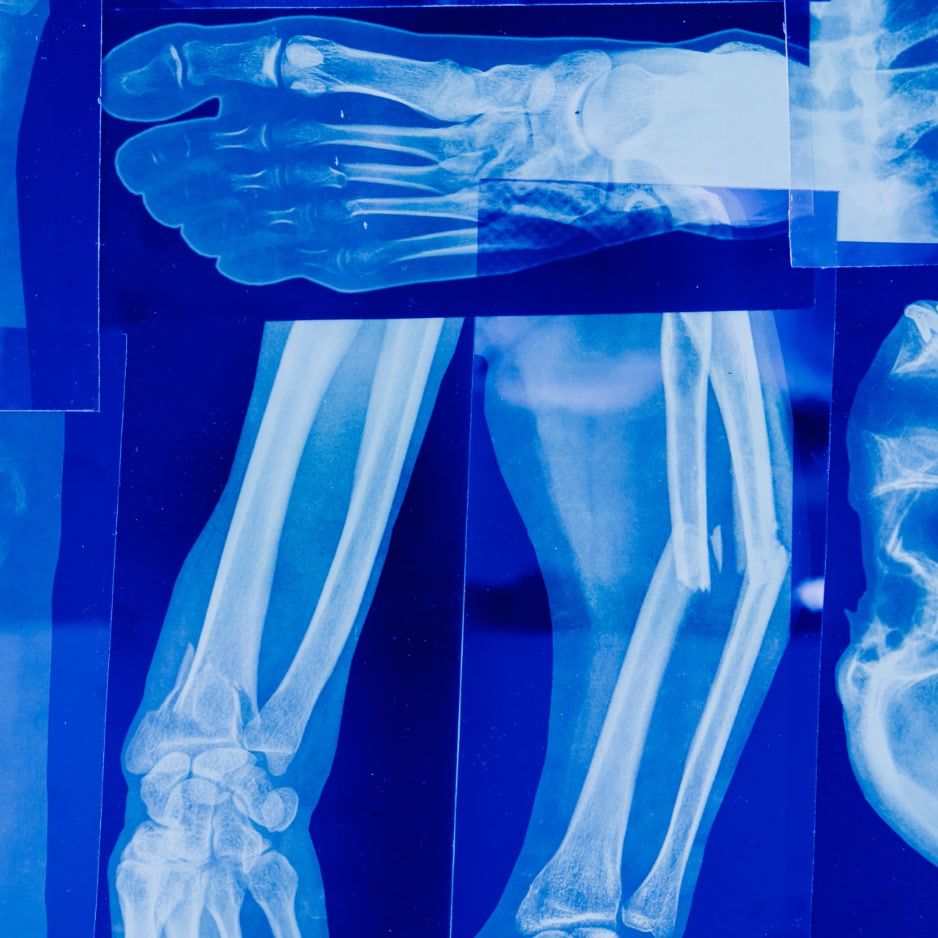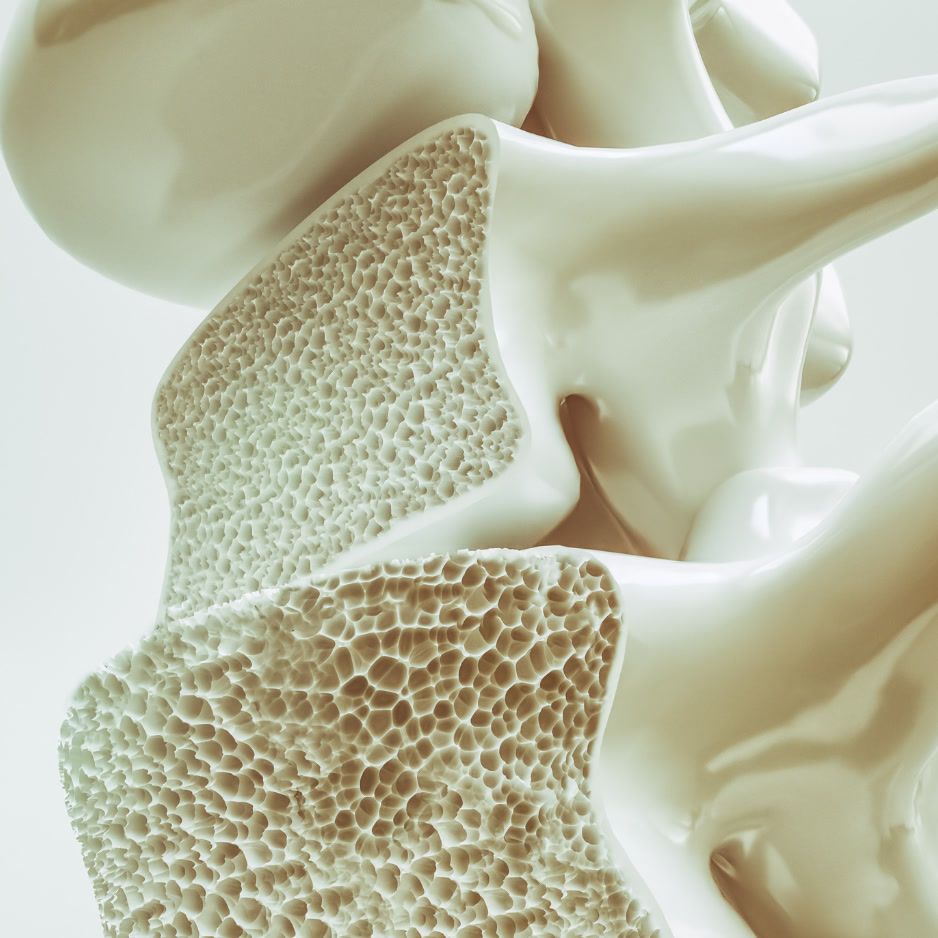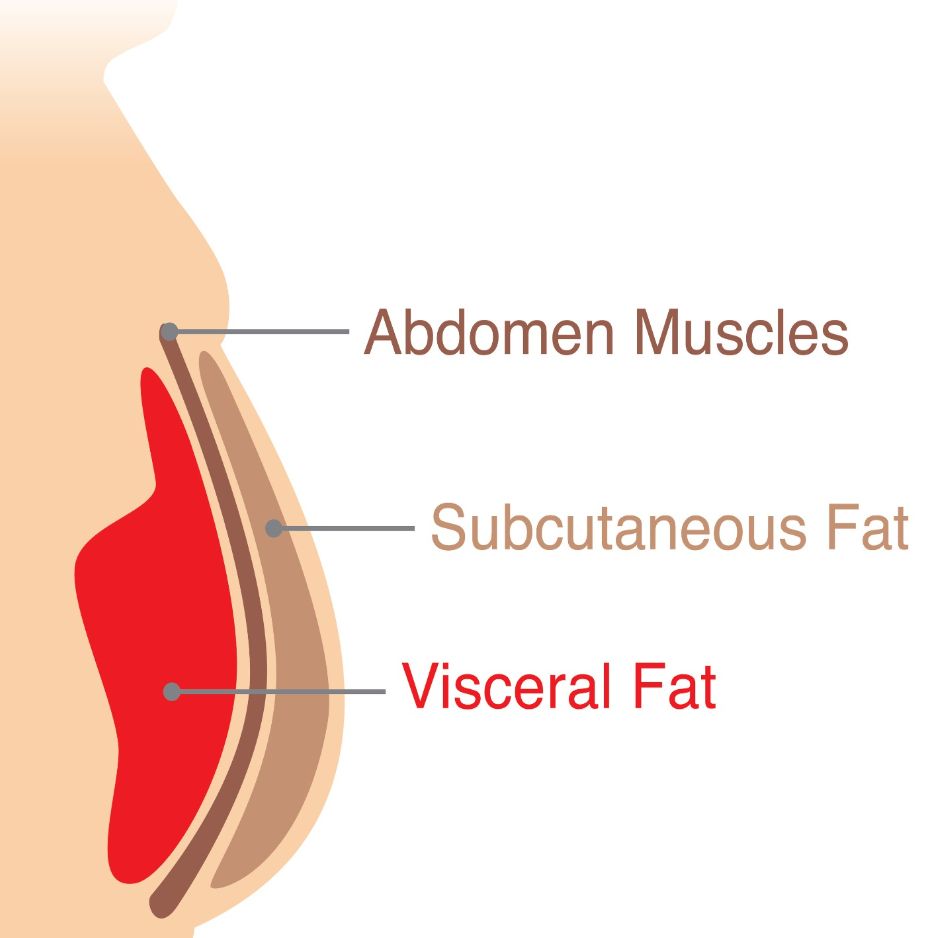Walking Pad Buying Guide: 2025 Picks for Home & Office
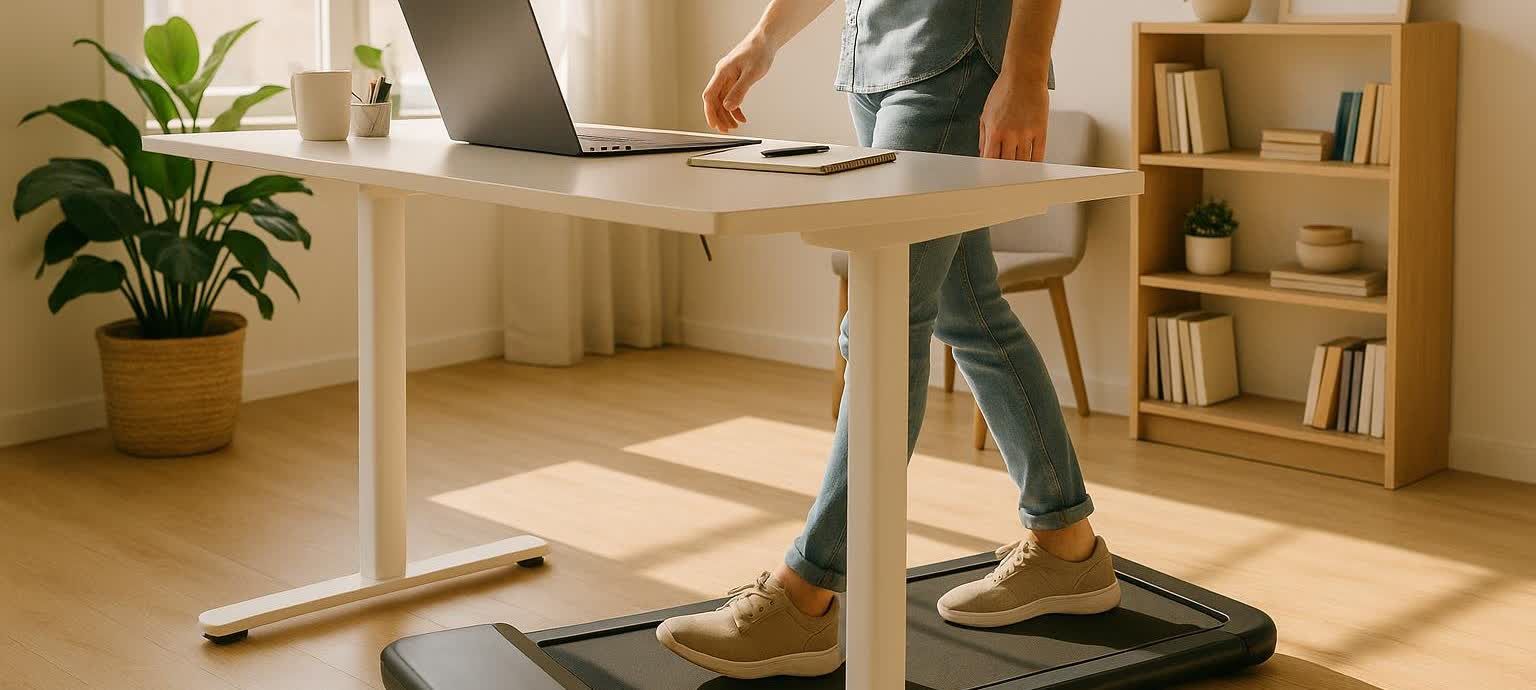
Walking Pad Buying Guide: 2025 Picks for Home & Office
Updated October 2025
If you’re weighing a walking pad (aka under‑desk treadmill) to move more while you work, this guide synthesizes expert reviews and research to help you select the right model. We’ll help you prioritize the features that matter—quiet operation, compact size, safety, and ergonomics—so you can choose a walking pad that fits your space and your goals.
This guide also covers:
- A plain‑English look at what the research says about health and productivity
- Step‑by‑step setup advice for a comfy, ergonomic desk‑walking station
- Simple maintenance habits to keep your pad running smoothly
The Quick Answer
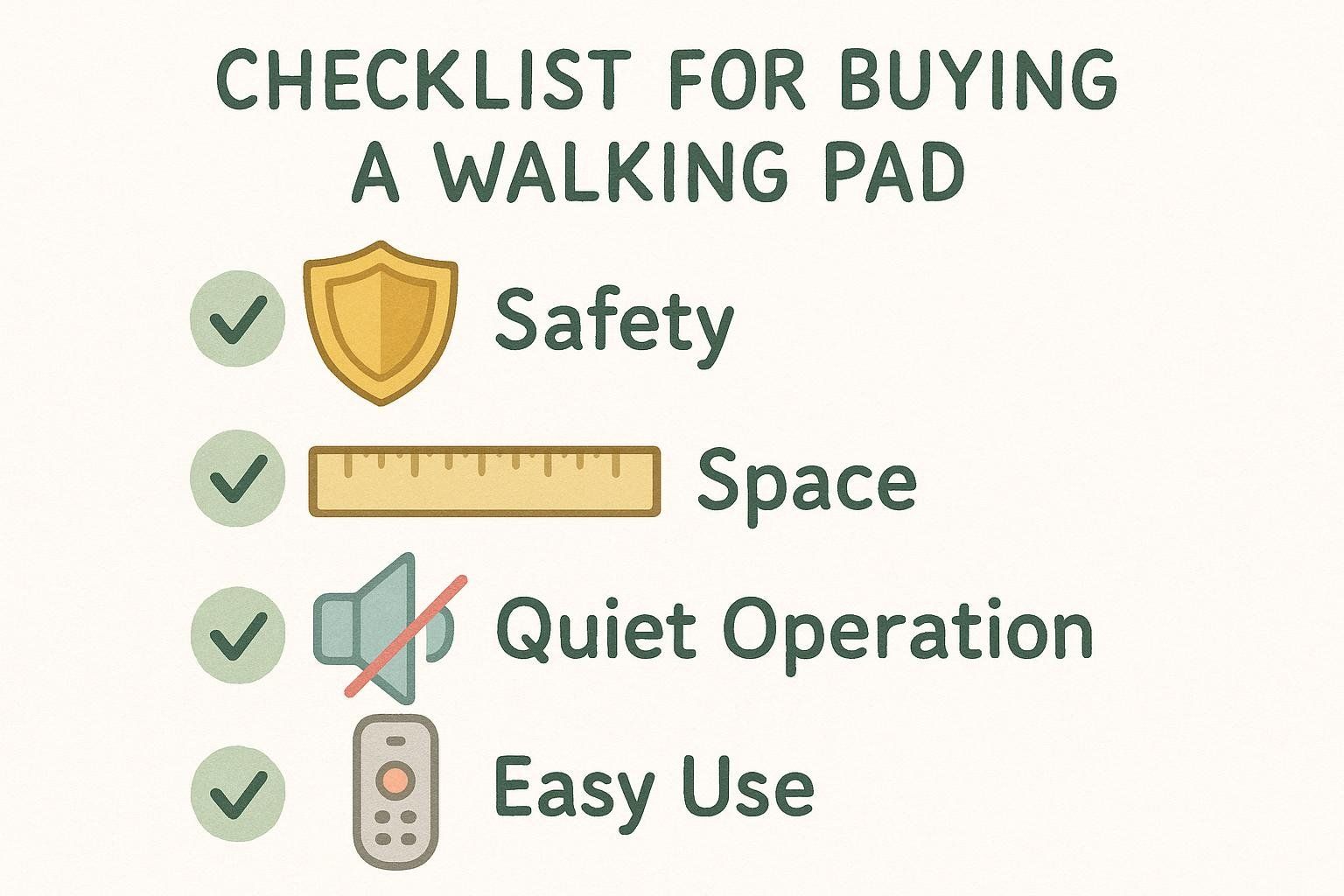
Want the short version? Here’s how to pick a solid walking pad in under a minute:
- Safety matters. Choose models with an emergency stop and auto‑pause; add handrails or a nearby stable surface if balance is a concern.
- Measure your space first. Make sure the deck length and width fit under your desk and where you’ll store it.
- Prioritize quiet + stability. Look for models with a sturdy frame and smooth belt tracking. Using a dense equipment mat will also help reduce footfall noise.
- Easy controls = more use. A simple remote or Bluetooth app makes tiny speed tweaks effortless during calls.
- Don’t skip support. Favor brands with clear warranties and responsive customer service.
Then, dial in your “working pace” (usually ~1–2 mph) and build up gradually. Lock in these basics, and you’ll be ready to shortlist a model from the picks below.
Top‑Rated Walking Pads for 2025 (Expert‑Recommended)

Our selections are based on a synthesis of third‑party testing and expert reviews from credible outlets—not our own lab testing— plus our health‑focused criteria: noise (dB), footprint, stability, speed control, safety features, customer support, and warranty. We recommend double‑checking current specifications and vendor availability before purchasing, as these details can change frequently.
-
Best for Quiet Operation: LifeSpan TR1200‑DT3 (Under‑Desk Base + DT3 console)
Why it stands out: Quiet and office‑friendly with a robust weight capacity. The TR1200‑DT3 ships with LifeSpan’s compact DT3 desktop console; some TR1200 variants offer upgraded consoles, but naming differs by model. Independent reviewers like Treadmill Review Guru’s TR1200‑DT3 review praise its low noise and durable build at working speeds.
Keep in mind: It’s heavier and not foldable; plan a permanent spot. -
Best Foldable for Small Spaces: WalkingPad A1 Pro
Why it stands out: Compact, folds in half, and rolls away easily; up to ~3.7 mph with remote or app control (KS Fit) and solid portability. It’s a space saver with respectable speed, as noted in this WalkingPad A1 Pro review.
Keep in mind: Foldables trade some stability vs. heavier office units. -
Best Budget 2‑in‑1: UREVO 2‑in‑1 Under‑Desk Treadmill
Why it stands out: Under‑desk walking mode for work blocks, plus a higher‑speed mode with the handrail up for workouts—compact and wallet‑friendly. See the Urevo 2‑in‑1 review for details.
Keep in mind: Lighter frames can be noisier on hard floors—use a dense mat. -
Best Incline Compact: Egofit Walker Pro M1
Why it stands out: A fixed ~5% incline adds a challenge in a tiny footprint; a WIRED review notes it’s quiet and easy to move.
Keep in mind: The fixed incline raises the deck height, so it may not slide fully under low furniture; it also shifts your foot strike slightly forward, which can feel different while typing and may require a slight posture adjustment to stay comfortable. -
Best Entry‑Level Under‑Desk: Sunny Health & Fitness Walkstation Slim
Why it stands out: An affordable, no‑frills option with automatic shut‑off and a simple display that’s easy to live with day to day, per this Garage Gym Reviews write‑up.
Keep in mind: Lower top speed and lighter build; it doesn’t fold, but its slim profile helps with sliding under furniture or storing upright (check your space). -
Best Heavy‑Duty Option: LifeSpan TR5000
Why it stands out: Built for all‑day use with a 3.0 HP motor, a 400‑lb weight capacity, and a durable 20" x 50" deck—see the TR5000 review for specs and testing notes.
Keep in mind: Higher price, heavier weight, and a larger footprint make it less portable and more suited to a permanent setup.
Who Should (and Shouldn’t) Use a Walking Pad?
A walking pad is ideal if you want to:
- Add low‑impact movement without rearranging your entire home or office
- Increase daily steps and cut long sitting bouts
- Boost focus and mood with gentle activity breaks
It’s not a great fit if you:
- Need to run or sprint (go for a traditional treadmill instead)
- Have balance concerns and won’t add a sturdy handrail or stable support
- Can’t fit the deck length your stride needs to walk comfortably
Explore more low‑impact options in our guide to other effective low‑impact exercises.
What to Look For: 9 Key Features
- Noise and vibration
- Why it matters: Quiet gear keeps you focused—and keeps roommates or coworkers happy.
- What to know: Noise varies by speed, flooring, and your walking mechanics. On many pads, footfalls are louder than the motor.
- Pro tip: A dense treadmill mat plus lighter steps can noticeably cut noise and vibration.
- Deck size and footprint
- Why it matters: A longer deck gives you wiggle room for natural stride and slight drift while typing. Measure your space—length, width, and storage clearance—before you buy.
- Speed range and controls
- Why it matters: Most desk work feels smooth at 1.0–2.0 mph; ensure precise controls or an app/remote so you can nudge speed without breaking focus. A 12‑month field study found employees self‑selected up to ~2.0 mph during tasks.
- Stability and weight capacity
- Why it matters: A sturdy frame, grippy belt, and appropriate weight rating make for a safer, quieter experience—especially in small apartments.
- Safety features
- Why it matters: Look for an emergency stop, auto‑stop timeouts, and optional handrails if you need support; guidance from A Consumer Reports analysis of under‑desk treadmill safety and WebMD’s walking pad overview emphasizes these basics.
- Foldability and storage
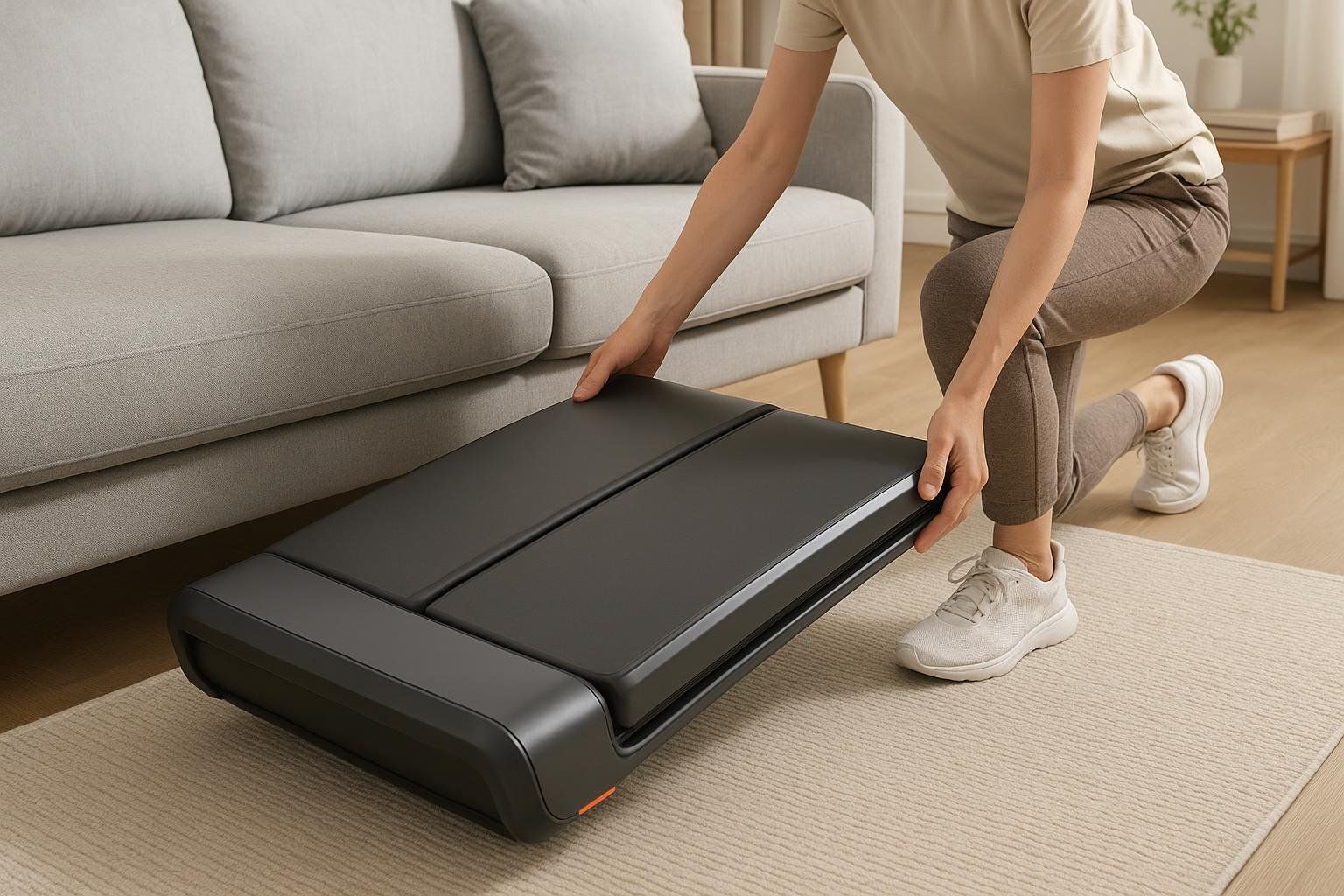
- Why it matters: In tight spaces, hinge‑fold designs can slide under a bed or couch. Check folded thickness and wheel placement.
- App integration and remotes
- Why it matters: Bluetooth apps and wrist remotes make micro‑adjustments easy during calls. Bonus: auto‑pause when you step off.
- Warranty and support
- Why it matters: Quality and after‑sale support vary widely; both Consumer Reports’ recent buying guide on under‑desk models and WebMD’s overview highlight short warranties and hard‑to‑reach brands as common pitfalls. Favor clear terms and responsive service.
- Maintenance needs
- Why it matters: A well‑lubed, centered belt runs cooler, quieter, and lasts longer. Many brands suggest silicone lubrication every few months or a set mileage—always follow your manual.
Match Features to Your Needs
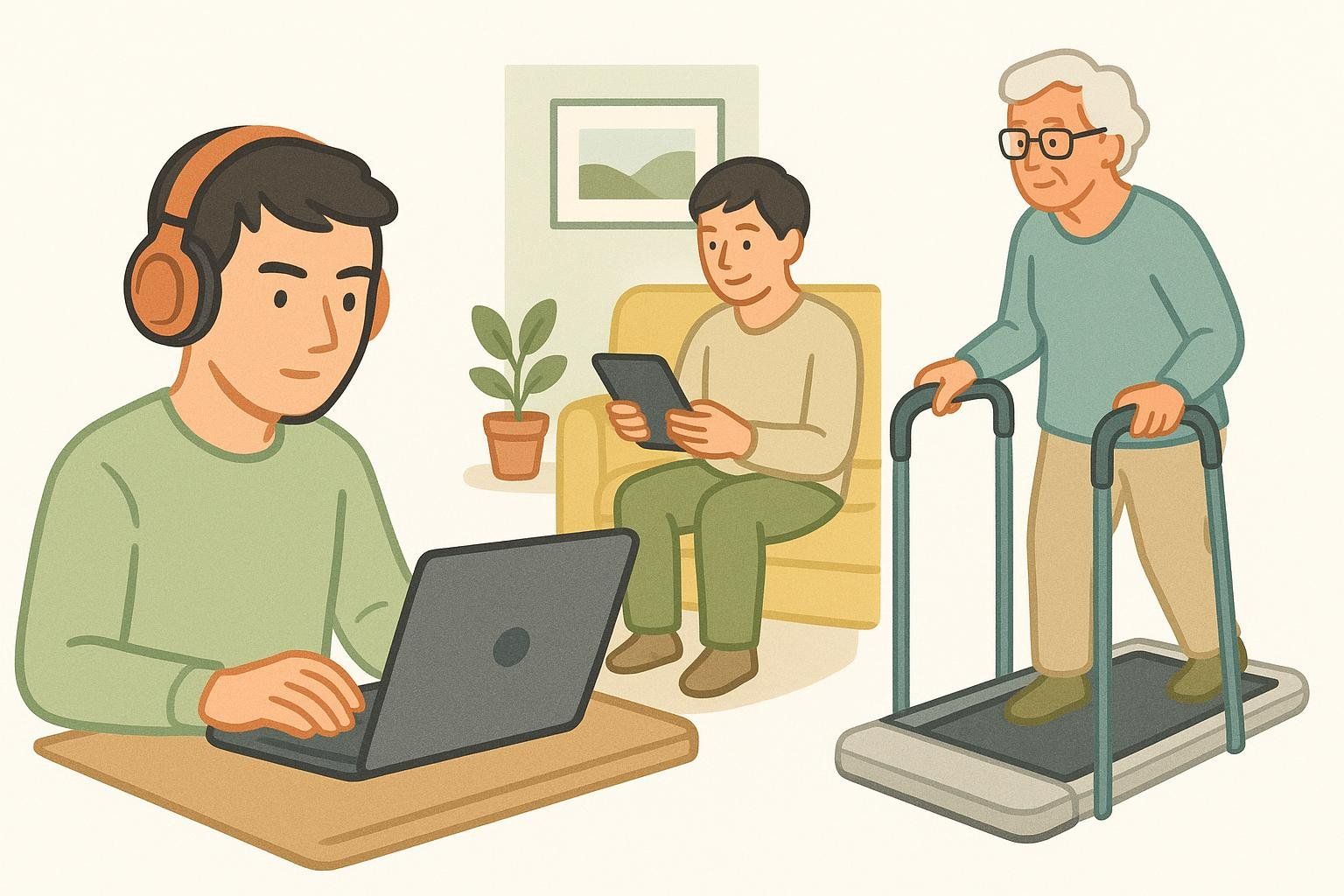
For the Remote Engineer (quiet focus)
- Must‑haves: Quiet at working speeds, smooth app/remote, rock‑solid belt tracking.
- Nice‑to‑haves: Low starting speed (~0.5 mph) for calls; quick‑fold for hybrid spaces; auto‑pause.
For the Urban Apartment (budget + compact)
- Must‑haves: Fold‑flat design, light enough to tilt and roll, stable deck at 1–2 mph.
- Nice‑to‑haves: Noise‑dampening belt, front transport wheels, simple remote.
For the Active Senior (stability + safety)
- Must‑haves: Optional handrails or nearby stable support, low starting speed (~0.5 mph), clear display, emergency stop.
- Nice‑to‑haves: Extra‑cushioned deck and a slightly wider belt for confident foot placement.
Ergonomic Setup
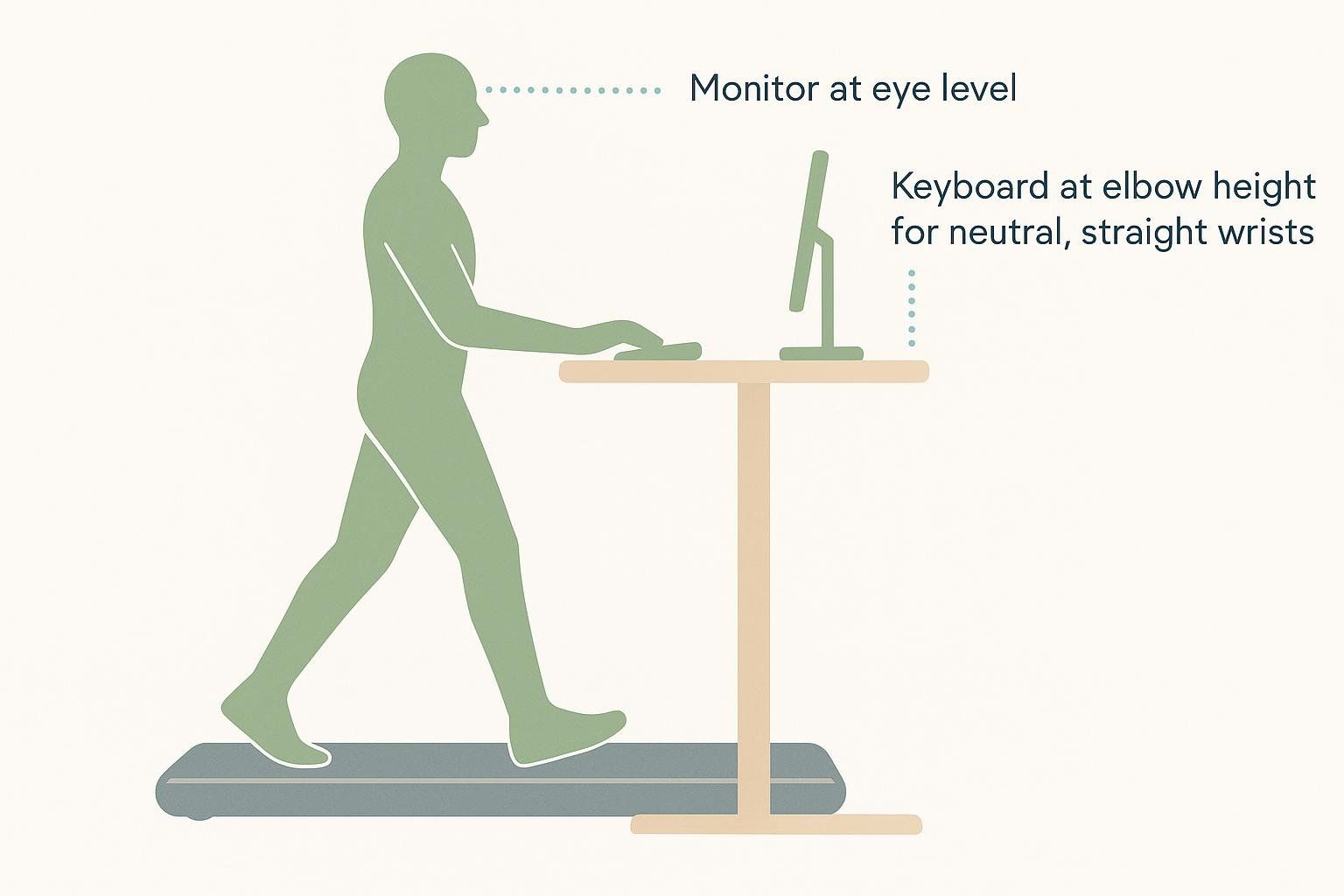
- Keyboard ≈ elbow height; wrists neutral. Keep wrists straight to reduce strain. Ergonomic trays with a slight negative tilt can help, per ergonomic setup guidelines from WorkWhileWalking.
- Monitor ≈ eye level, arm’s length. This helps avoid neck strain, as noted in Ergotron’s ergonomic guidance.
- Keep the mouse close. Avoid shoulder hunching, as WorkWhileWalking’s guide also advises for optimal placement.
- Move every 30 minutes. Switching postures helps circulation and cuts stiffness.
If you sit for parts of the day, sprinkle in these quick mobility drills.
Start‑Up Plan
- Day 1–2: Assemble, level, and center the belt. Pair the remote/app. Place an equipment mat to dampen noise.
- Day 3–4: Walk 10–20 minutes at 0.8–1.2 mph during low‑focus tasks (email triage, calls). Take breaks every 30 minutes.
- Day 5–7: Build to 30–60 minutes total walking time during easier work blocks.
Pro tip: On complex writing or coding, nudge speed down; on listen‑only calls, nudge up.
Evidence snapshot: For moderate‑intensity bursts outside of focus work, a cadence of ~100 steps/min often corresponds to moderate intensity in healthy adults (BMJ Open); see the CDC’s intensity guidance.
Learn how many steps it takes to lose weight to set realistic daily targets.
Safety First
- Add support if needed. If balance is a concern, choose a unit with compatible handrails or walk near a stable surface. Under‑desk models without sturdy handrails aren’t designed for running.
- Use the safety key/clip and learn the emergency stop.
- Start slow, stay centered, and progress gradually. Performance tends to improve with familiarity, as a randomized crossover trial in JAHA suggests.
Care and Maintenance
- Dust control: Wipe after use and vacuum around the motor monthly to prevent overheating.
- Belt alignment: Keep the belt centered and properly tensioned. A drifting belt often needs a small turn of the rear set screws.
- Lubrication: Use silicone per your manual. Many consumer brands suggest every few months or at set mileages; always follow manufacturer guidance.
If noise creeps up, check loose bolts, belt alignment, and lubrication first; these basics solve most hums and squeaks.
Walking Pad FAQ
-
Will a walking pad help with weight loss?
It can boost daily movement and energy burn with minimal friction—one meta‑analysis estimates about 105 kcal more per hour than sitting during use. Pair it with resistance training and a smart nutrition plan for best results, and track body composition changes rather than just scale weight. -
What speed should I use while working?
Most people settle between 1.0–2.0 mph to type and mouse accurately. -
Are walking pads loud?
Most modern pads are quiet enough for calls, but your footfalls often dominate what you hear. A dense mat, proper belt alignment/lubrication, and lighter steps help. -
Is it safe for older adults?
With a slow start, an emergency stop, and stable support (handrails or a nearby surface), many older adults can use walking pads safely. Under‑desk models are for walking only and usually lack robust handrails—choose accordingly. -
How do I fit walking into a packed day?
Stack short bouts during low‑focus work, calls, or TV time. For more ideas, explore our guide to low‑impact cardio options.
The BodySpec Angle: Make Your Movement Count
A walking pad is an easy way to reduce sedentary time and lift daily energy burn—no gym commute required. If you’re aiming for fat loss or better metabolic health, combine steady walking with 2–3 weekly strength sessions and periodic progress checks. DEXA gives you precise tracking of fat mass, lean mass, and visceral fat so you can see what’s actually changing—not just what the scale says—then find a BodySpec scan near you to measure your starting point and follow your progress.
Bottom Line
Choose the walking pad that best fits your space, noise constraints, and safety needs. Start slow, set up your ergonomics, and build a habit with short, regular bouts. Expect a short learning curve—then enjoy steadier energy, fewer aches, and more daily movement with minimal disruption to your workday.
